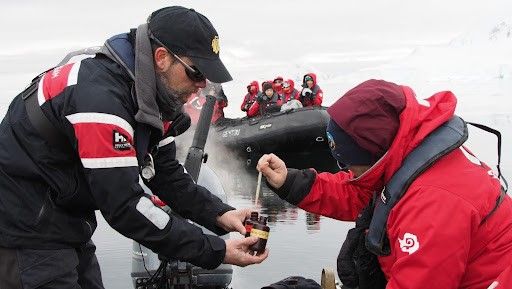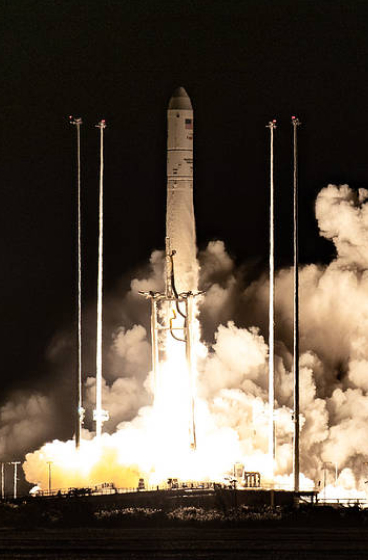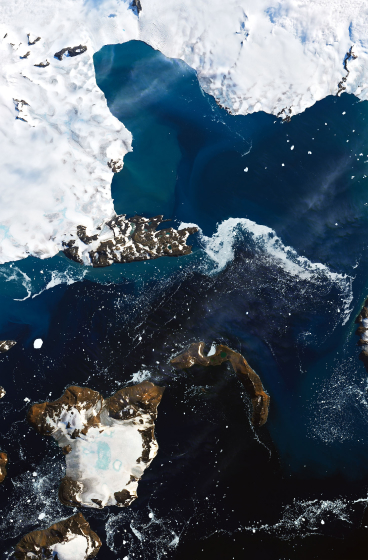"Citizen” here refers to citizens of Planet Earth. These projects are open to everyone, regardless of country of birth or legal citizenship status.
If you are not already familiar with NASA’s citizen science opportunities or specific projects related to the April 8 solar eclipse, we encourage you to read Contribute to NASA Research on Eclipse Day – and Every Day.

Citizen science projects – research projects that need lots of people and are designed for participation by anyone – are a great way for formal and informal students and enthusiasts to learn science by doing it. There are a number of these participatory projects addressing a wide variety of research questions. These projects have a range of difficulty, training requirements, time requirements, and equipment – in short, there really is a project for everyone!
Finding Your First Project
Choosing a project that’s right for your students or informal learners begins with choosing a project that works for you. Use the tables here to identify some projects that have the appropriate timing, challenge level, and equipment (or lack thereof!) that are right for you and your learners. If you have never contributed to a participatory or citizen science project, it’s a great idea to start with a simple project that doesn’t require a lot of equipment.
Here are a few suggestions for getting started:
- Review the project descriptions to help choose the best one for you. Whittle your choice down to 1 or 2 projects. If you need a day-of-eclipse project, pick a second one that you can do anytime as a practice project for yourself.
- Do the project yourself. If you want to do a day-of eclipse project that is not yet available, pick another project to practice with. It will give you a sense of how these opportunities are structured and what it might feel like for your learners to participate. Read the project website, complete the preparation or training materials, and do the task enough to get a feel for what’s involved, what’s tricky, and what’s fun or satisfying about it. You don’t need to master the project or solve all problems that might arise. Do it until you have a sense for what participation feels like and what learning opportunities the project or task includes.
- When you introduce the project to your learners, emphasize that this is a real chance to do scientific research alongside other interested people around the world and with the professional team leading the project. Don’t hesitate to remind them that this is a NASA project working with NASA scientists!
- Are you an informal educator? Incorporate a citizen science project into an existing program with a small and/or familiar audience, or recruit a small group of volunteers or docents to try it with you. Set clear expectations (“we’ll be learning this together!”) and go for it. You will learn more about how to lead others through a project by trying it than any other way. Adjust your approach as you learn.
- Are you a formal educator? Start small by asking for volunteers to try the project out with you after school or during a study hall. Or pick a class and just go for it. You will learn the most about how to use and facilitate citizen science projects in your classroom by simply doing one. Adjust your approach as you and your students learn.
And thank you for participating!
By Sarah Kirn
Citizen Science Strategist, NASA, at the Gulf of Maine Research Institute



































